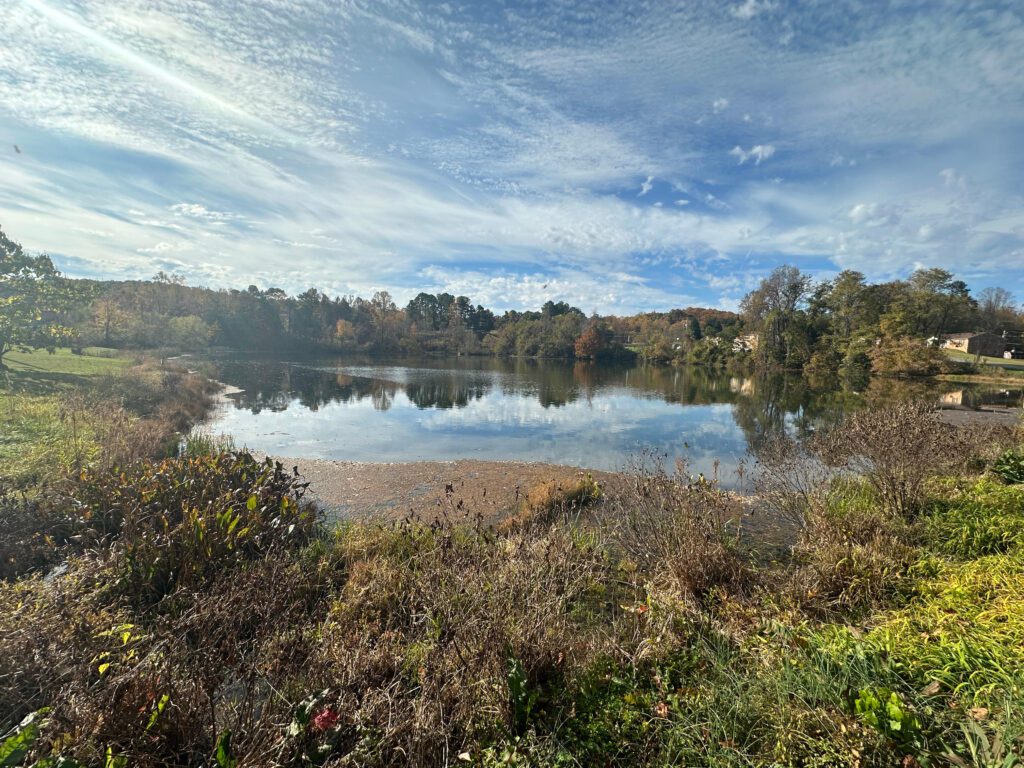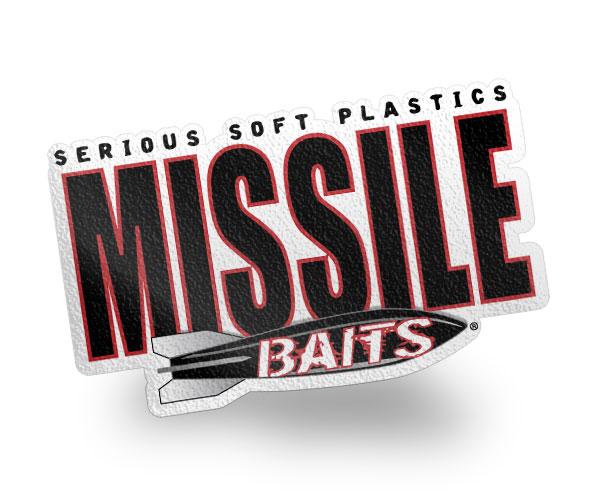Searching for the perfect pond
In the tranquil heart of angling enthusiasts, a question often resonates: What makes the perfect pond for giant bass? To delve into the intricacies of this query, one must understand the delicate interplay of science and angler’s expertise that shapes the optimal environment for the growth of these majestic creatures.
Finding the ideal habitat for giant bass requires a careful blend of scientific understanding and practical knowledge. Scientists and experienced anglers alike agree that water quality is paramount. Bass, especially the giants, thrive in clean, well-oxygenated water. A key scientific reason behind this preference lies in the fish’s respiratory system. Adequate oxygen levels are essential for the bass’s metabolism, growth, and overall health.
The ideal pond for giant bass should cover at least one acre of surface area, providing ample room for hunting and establishing territories. Varied depths, including shallow spawning areas and deeper refuge zones (around 10 to 20 feet), are crucial. This depth variation facilitates thermocline formation, ensuring optimal temperature and oxygen levels. A balanced depth profile prevents oxygen depletion and offers protection against predators. These features create an environment where giant bass can thrive, ensuring healthy growth and impressive size. Pond managers following these principles establish an optimal habitat for giant bass.
Moreover, the temperature of the water plays a vital role. Bass are cold-blooded, which means their body temperature is regulated by the surrounding environment. For optimal growth, the water temperature should ideally be between 65°F to 85°F (18°C to 29°C). This range ensures that the bass remains active and can digest food efficiently.
In addition to water quality and temperature, the availability of suitable forage is crucial for giant bass growth. Forage serves as their primary source of nutrition. Common forage species include bluegill, shad, and crayfish. These species provide the necessary proteins and nutrients for bass to thrive. Anglers looking to create the perfect pond for giant bass should consider introducing these forage species to establish a balanced ecosystem.
Furthermore, understanding the dietary preferences of giant bass is vital for a successful angling experience. Experienced anglers often use live bait such as shiners, shad, or crawfish to lure giant bass effectively. The motion and scent of live bait trigger the bass’s predatory instincts, enticing them to strike. Additionally, artificial lures that mimic the movement and appearance of natural prey can be highly effective. Soft plastic lures like worms and creature baits, as well as hard baits like crankbaits and swimbaits, are popular choices among anglers targeting giant bass.

To enhance the chances of a successful catch, anglers can employ various fishing techniques such as flipping, pitching, and topwater fishing. Each technique is tailored to specific situations and water conditions, making it essential for anglers to adapt their approach based on the pond’s characteristics.
Creating the perfect pond for giant bass also involves habitat management. Submerged structures such as fallen trees, rock piles, and underwater vegetation provide shelter and breeding grounds for prey species, attracting giant bass in the process. These structures create a thriving ecosystem, fostering the growth of both forage and predator species.
In recent years, advancements in technology have furthered our understanding of bass behavior. Fish finders equipped with advanced sonar systems enable anglers to identify underwater structures, locate schools of baitfish, and even distinguish between different fish species. This technology empowers anglers to make informed decisions, significantly improving their chances of locating giant bass.
Conservation efforts are equally vital in ensuring the sustainability of giant bass populations. Catch and release practices, especially for trophy-sized bass, allow these magnificent fish to continue growing and reproducing, contributing to the overall health of the ecosystem. Responsible anglers understand the importance of preserving the delicate balance within the pond, ensuring that future generations can enjoy the thrill of catching giant bass.
In conclusion, the perfect pond for giant bass is a harmonious blend of scientific knowledge and angler’s expertise. By understanding the fundamental requirements of water quality, temperature, forage availability, and effective baiting techniques, anglers can create an environment where giant bass thrive. The pursuit of these majestic creatures not only demands patience and skill but also a deep respect for the delicate ecosystem in which they reside. As anglers continue to explore the depths of their passion, the perfect pond for giant bass remains a testament to the enduring alliance between nature’s wonders and humanity’s unwavering spirit of discovery.



